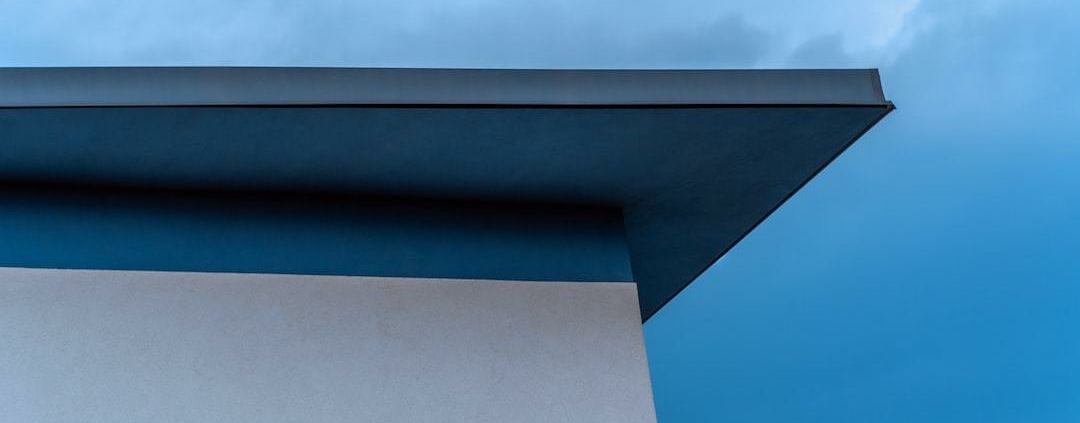Different Types of Flat Roofs: A Comprehensive Guide
Ever gaze up at a skyscraper and wonder, “what are the different types of flat roofs? How do they keep water out? Many others have wondered the same thing, prompting me to delve into understanding the different types of flat roofs and their water-resistant capabilities. I found myself asking these same questions after noticing the growing number of modern buildings sporting flat tops rather than traditional sloped ones.
Intrigued by this architectural shift, I dove headfirst into learning about flat roofing systems, from Built-Up Roofing (BUR) with its multiple layers to eco-friendly green roofs that literally bring life to urban jungles. Let me tell you, it’s a much more interesting topic than one might expect!
This isn’t just an aesthetic choice; it’s also about practicality and performance. These unsung heroes bear all kinds of weather conditions while providing extra space for installations or even rooftop gardens.
Table Of Contents:
- Understanding Flat Roofs and Their Importance
- Exploring Built-Up Roofing (BUR)
- Modified Bitumen Roofing Systems
- The Versatility of Single-Ply Membrane Roofing
- Benefits and Considerations of Metal Roofing Systems
- Green Roofs – An Environmentally Friendly Option
- Understanding Rubber Roofing
- Concrete Roofs – A Durable Choice for Flat Roofs
- Header Comparing Different Types of Flat Roof Materials
- FAQs in Relation to Different Types of Flat Roofs
- Conclusion
Understanding Flat Roofs and Their Importance
Although flat roofs may appear simple, there is more to them than initially meets the eye. Predominantly used in commercial buildings, flat roofs are also common on residential properties.
A typical commercial flat roof is not completely level; instead, it has a slight pitch of about 10 degrees. This subtle slope helps drain water off the roof surface preventing damage caused by ponding or pooling water.
When installed correctly using quality materials like modified bitumen or EPDM rubber membrane, a well-maintained flat roof can last up to 25 years. Yes. You read that right – with proper maintenance these roofs offer durability rivaling their pitched counterparts.
Beyond longevity though lies another critical aspect – cost-effectiveness. The cost of installing a flat roofing system per 100 square feet is typically in the range of $250-$350, making them an affordable choice for all.
To top it all off (pun intended.), you gain additional usable space atop your building which can be transformed into anything from green spaces and recreational areas to solar panel installations.
Exploring Built-Up Roofing (BUR)
Built-up roofing, commonly known as BUR, has been a popular choice for commercial flat roofs. This system consists of multiple layers that provide a strong defense against weather and foot traffic.
The key component in this type of roof is asphalt which acts as the adhesive binding all elements together. Layered with roofing felt, these components create an effective barrier against leaks.
An important feature to highlight about BUR systems is their fire retardancy. The gravel used on top can help prevent fires from spreading quickly across the surface.
Fire Retardancy of BUR
The built-up roof’s natural resistance to fire comes from its final layer – smooth river stone or similar materials. It creates an additional protective shield making it resistant not only to heat but also UV rays and other harsh weather conditions.
This ability makes it a reliable option when considering different types of flat roof coverings for your commercial building. Baltimore Roofers, experts in the field, confirm that choosing such material provides longevity along with added safety benefits – two things every property owner needs.
Modified Bitumen Roofing Systems
For those seeking a resilient and durable roofing system, modified bitumen may be the answer. It’s essentially a single-ply rolled roof with a mineral-based wear surface. SGK Contracting Inc., an expert in this field, offers high-quality installation services.
But why is it so popular? Well, let me tell you something about torch-down systems – they are known to last longer and provide better resistance against leaks compared to traditional BUR systems.
The reason behind its strength lies within the bitumen itself. This material enhances the durability of these roofs while providing exceptional flexibility at low temperatures. So even if Mother Nature decides to play hardball, your roof won’t give up that easily.
This doesn’t mean it’s invincible though. Just like any other type of roofing system out there – regular maintenance plays an integral role in prolonging its lifespan and ensuring top-notch performance throughout its service life.
The Versatility of Single-Ply Membrane Roofing
Single-ply membrane roofing, including types like EPDM and TPO, has made a name for itself in the commercial building sector. Why? It’s because these materials offer some distinct advantages that are hard to overlook.
EPDM Roofing
A shining star among single-ply membranes is EPDM roof material. Made from true rubber, this type of roofing offers impressive durability and resistance against sunlight damage. In fact, it’s so resilient that many companies choose it as their go-to option for flat roofs.
TPO Roofing
But let’s not forget about TPO roofing – another great player in the single-ply family. This unique thermoplastic polyolefin product reflects heat which can help cut down energy bills substantially. With its reinforced polyester layer adding an extra level of protection, you get both strength and savings rolled into one package.
Benefits and Considerations of Metal Roofing Systems
Metal roofs are an attractive option for commercial flat roofing due to their durability and energy efficiency. These roof systems, typically made from steel or aluminum, can withstand harsh weather conditions while also reflecting heat, which helps reduce energy bills.
One standout benefit is longevity. A metal roof deck can last up to 50 years with proper maintenance, significantly longer than many other types of roofing materials. Plus, they’re fire-resistant.
Look at this modern building, a prime example of how sleek and modern metal roofs can be.
However, one must consider the higher initial cost compared to other common commercial flat roof options such as asphalt shingles or rubber membranes. The initial cost may be higher compared to other common commercial flat roof options like asphalt shingles or rubber membranes. But remember the saying: “You get what you pay for.” In terms of long-term investment value and lower upkeep costs over time – metal comes out on top.
Green Roofs – An Environmentally Friendly Option
More and more commercial buildings are choosing green roofs as their preferred flat roofing system. But why is this trend picking up? The answer lies in the many benefits that green roofs offer.
The most significant advantage of a green roof is its environmentally friendly nature. These types of roofs act like sponges, absorbing rainwater and reducing runoff. They also provide insulation to the building below, cutting down on energy bills.
Apart from being kind to your wallet and Mother Earth, they’re visually appealing too. With options for intensive or extensive vegetation growth, you can have a lush rooftop garden instead of a boring concrete slab.
Finally, let’s discuss the longevity of green roofs. Green roofs last longer than traditional roofing materials because they protect against UV rays damage which often causes wear and tear in other roof types.
Understanding Rubber Roofing
Rubber roofing, specifically rubber membrane roofs or EPDM (Ethylene Propylene Diene Monomer), is a popular choice for flat roofs. It’s durable and resistant to sunlight damage, making it an ideal material for commercial buildings that bear the brunt of UV rays daily.
This type of rubber roof stands up well to foot traffic, another common feature on commercial flat rooftops. Its resilience helps reduce energy bills by reflecting heat rather than absorbing it.
The installation process involves laying down a synthetic rubber sheet which forms the main protective layer. This versatile roof system provides an effective barrier against water intrusion thanks to its seamless design.
In terms of cost-effectiveness, rubber roofing systems offer long-term savings due to their durability and low maintenance needs compared with other types like asphalt shingles or concrete slabs.
Key Benefits of Rubber Roofs
The major benefit is longevity; these roofs can last 20 years or more if properly maintained – quite impressive in comparison with some other types of commercial roofing materials.
To sum it up: when considering different types of flat roof coverings, remember that rubber offers many benefits including resistance to wear-and-tear from foot traffic and harsh weather conditions along with being eco-friendly as they help save on energy costs.
Concrete Roofs – A Durable Choice for Flat Roofs
For flat roofs, concrete is an excellent choice due to its renowned durability and sturdiness. For flat roofs, concrete is a particularly resilient and dependable option.
The use of concrete in commercial flat roofing isn’t new. But the common perception might lead us to think about cold grey slabs. That’s not always the case. Modern technology has allowed manufacturers to create more appealing finishes while retaining all the practical benefits.
One key advantage is longevity. Given their exceptional durability, concrete roofs make for an excellent long-term choice to help reduce energy bills and regulate building temperature.
Beyond just being robust, concrete roofs also offer thermal properties that can help regulate building temperature and potentially lower energy bills over time—certainly worth considering given our ever-rising electricity costs.
Making Your Decision
Choosing a concrete roof can be influenced by various factors like your budget, aesthetic preferences, and local climate conditions. But don’t let this overwhelm you. Our team at SGK Contracting is here to help. We’ll guide you in picking the right kind based on these criteria. Don’t hesitate to contact us today for expert advice, informed by years of experience and hands-on knowledge from installations across the region. You’ll get expert advice informed by years of experience and hands-on knowledge from installations across the region.
Header Comparing Different Types of Flat Roof Materials
Different types of flat roofs offer unique benefits and drawbacks. For example, a built-up roof (BUR) is an age-old method that uses multiple layers for durability but might be more expensive per square foot.
Baltimore Roofers, experts, notes that Modified Bitumen Roofs are popular due to their mineral-based wear surface which withstands heavy foot traffic. But they’re not the cheapest roofing option available.
The single-ply membrane, like EPDM or TPO roofing systems, made from synthetic rubber or thermoplastic polyolefin respectively, provide resistance against UV rays and reflects heat back into the atmosphere reducing energy bills in commercial buildings. However, installation can be complex requiring specialized skills.
Metal roofs promise longevity with minimal maintenance yet initial costs may give pause. They are also excellent at reflecting heat thus keeping buildings cooler in summer months.
PVC roof materials have become common on commercial flat roofs because of its ability to resist water penetration while green roofs add beauty plus environmental advantages by absorbing rainwater and providing insulation.
To sum it up – each material has its own merits so consider your specific needs before making a decision.
FAQs in Relation to Different Types of Flat Roofs
What are the different types of flat top roofs?
The main types of flat roofs include Built-Up Roofing (BUR), Modified Bitumen, Single-Ply Membrane, Metal, Green Roofs, Rubber, and Concrete.
Which flat roof system is best?
The “best” depends on your needs. However, single-ply membrane like EPDM or TPO offers durability and sunlight resistance, making it popular for commercial buildings.
What are the different types of flat roof covers?
Different coverings include asphalt (for BUR), mineral-based wear surfaces (Modified Bitumen), rubber membranes (Single-Ply), and metal sheets among others.
What is the longest lasting flat roof material?
Metal roofing systems tend to offer great longevity. With proper maintenance, they can last decades without major issues.
Conclusion
Exploring the world of flat roofing opens your eyes to its diversity and sophistication. It’s clear that different types of flat roofs cater to various needs, from the fire retardancy of Built-Up Roofing (BUR) systems to the durability and sunlight resistance offered by EPDM rubber roofing.
We’ve walked through concrete jungles crowned with green roofs, learned about energy-efficient metal alternatives, and delved into the robustness of concrete options. The choices are abundant, each one with unique advantages.
In conclusion: When choosing a roof type for commercial or residential use, it pays off to know your options. Understanding these different systems can help you make an informed decision that saves on energy bills while ensuring long-lasting protection against weather elements.
Follow us on YouTube to see what we are up to!






